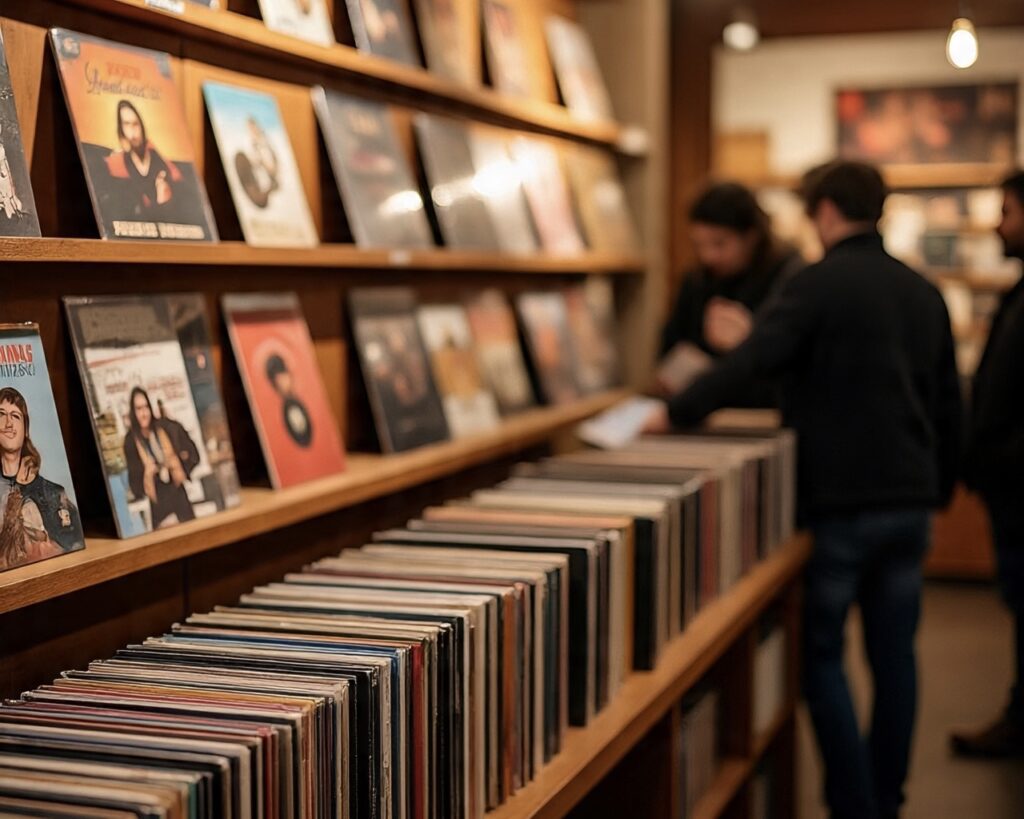Vinyl’s resurgence isn’t just a trend, it’s transforming the UK’s indie record-store landscape. According to the Entertainment Retailers Association (ERA), the number of independent record stores rose from 339 in 2014 to 461 in 2023, a remarkable 36 % growth at a time when supermarkets and chains have retreated. Those 461 indie shops now make up nearly 23 % of all UK music retail outlets, up from just 3 % a decade ago
Vinyl sales are powering that growth. In 2023 alone, 6.5 million LPs were sold, accounting for over £177 million, more than half of total physical music revenue. Even more impressively, vinyl sales have risen 16 years in a row
These stores are doing more than selling records, they’re also shaping the charts. A surge in vinyl releases, especially around the annual Record Store Day, helps independent shops lock in high first-week sales that count toward both the Official Vinyl Albums Chart and Record Store Chart.
Industry figures agree. ERA CEO Kim Bayley notes that independent retailers “spotted the demand for vinyl early” and positioned themselves as indispensable cultural hubs.
What this means for music releases:
- Indie shops give artists a reliable first-week sales boost.
- They provide a grassroots distribution model unmatched by major retailers.
- For fans, these shops are cultural touchstones – places to discover, connect, and celebrate music.
In an interview with The Times, Phil Barton of Sister Ray in Soho says his clientele has shifted from “middle-aged enthusiasts” to a broader mix including Gen Z, explaining: “We sell more Taylor Swift, Lana Del Rey, Kendrick Lamar and Kanye West than we do any other artists”.





